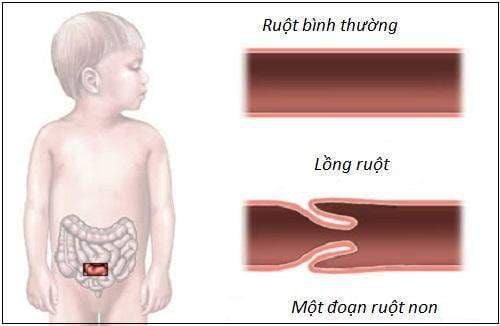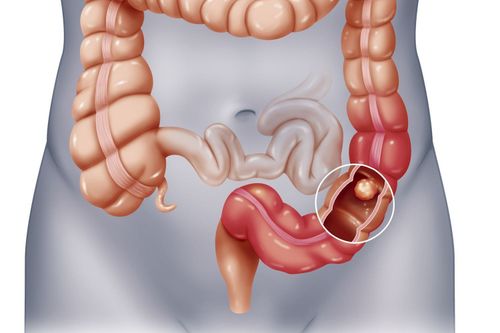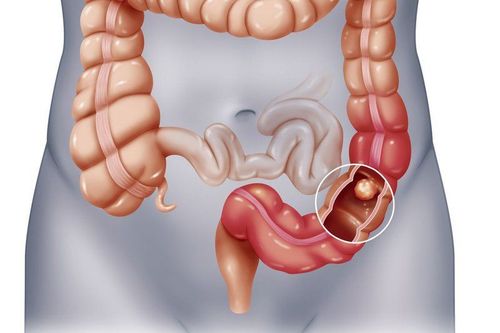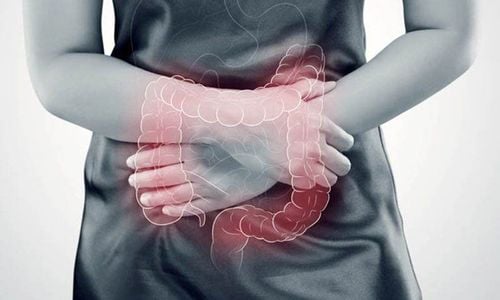This is an automatically translated article.
The article was professionally consulted by Specialist Doctor I Nguyen Thi My Linh - Neonatologist - Department of Pediatrics - Neonatology - Vinmec Danang International General Hospital. Specialist Doctor I Nguyen Thi My Linh has 12 years of experience in diagnosing and treating pediatric diseases.Intussusception is a serious surgical disease, almost exclusively seen in children, especially those under 2 years of age. Children who are too young to be able to talk are the most difficult things to diagnose and treat.
1. Intussusception is common in children under 2 years old
Although it occurs at any age, intussusception is common in children under 2 years old (accounting for 80% of intussusception cases), in which it is most common at the age of 4-9 months. The disease occurs in boys 2-4 times more often than girls. The disease is rarely seen in malnourished children, mostly in healthy, chubby children.2. Symptoms are different between children under 2 years old and older children
The progression of the disease is very different in the two ages:Children under 2 years old: The disease manifests itself as acutely, rapidly progresses, and the prognosis is severe hour by hour. Children older than 2 years: The disease manifests as subacute or chronic, sometimes acute, but not as fast and severe as in nursing infants.
3. Causes of intussusception in children
Due to the imbalance between the size of the ileum and the cecum: In children 4 months old, the size of the ileum and the cecum is almost the same, from 4 to 12 months of age the cecum grows larger, from which the cecum has a larger size. larger in diameter than the ileum. Some cases of acute intussusception are caused by Meckel's diverticulum, polyps, small bowel tumors, worm tufts...
4. Complications of the disease
If the child is not treated in time, the intussusception is quickly damaged leading to necrosis due to vascular occlusion. Specifically, the "receiving" segment of intestine presses on the wall of the "intussusception" segment, the mesentery together with blood vessels are drawn into the lumen of the lower intestine, strangled at the neck of the intussusception, leading to intestinal obstruction. learn.5. Symptoms of intussusception
Systemic symptoms Early stage: few signs of disease. Late stage: Children often show signs of fatigue, inactivity, loss of water and electrolytes, infection - intoxication, high temperature. Symptoms and symptoms Abdominal pain according to attacks : Children show signs of crying intermittently accompanied by sudden, severe abdominal pain, children hunched over. At night, the pain wakes the child up, during the day, the child has to stop all activities, stop playing, stop feeding. The pain comes and goes suddenly, each pain lasts 5-15 minutes.
Bloody stools: Is a late sign of the disease. In most cases, blood is mixed with mucus, red or brown, sometimes with a few drops of fresh blood coming out of the anus; In some cases, it can only be detected by rectal examination.
Secretion - defecation: Occurs if the intussusception causes complete obstruction.
Physical symptoms Palpable intussusception: The palpable location is usually in the right lower quadrant, above the umbilicus, the intussusception is horizontal. When the pain subsides, the intussusception is palpable as a long, movable mass, which is painful to the child to press, located along the position of the colonic framework. However, the intussusception may not be palpable because it is located deep below the right costal margin, the intussusception reaches the angle of the liver, or when the abdomen is distended due to delayed bowel obstruction.
Manifestations of intestinal bleeding: Rectal examination showed bloody mucus under gloves. However, in many cases, on rectal examination, the tip of the intussusception can be palpated if the intussusception is low, up to the rectal ball.
Please dial HOTLINE for more information or register for an appointment HERE. Download MyVinmec app to make appointments faster and to manage your bookings easily.














